table of contents:
The capuchin placket, often used on shirts and cuffs, is distinguished by its neat triangular or rectangular finish. It adds an elegant and professional touch to clothing. Follow this step-by-step guide to learn how to create this placket with precision.
How to prepare the pattern?
Trace the location of the leg
- On the fabric, draw a line in the center front corresponding to the opening.
- Mark the height of the capuchin's paw and draw the lines defining its width.
- Connect the lines with a perpendicular at the bottom and add a small triangle at the base.
Example of dimensions:
- Height (H) = 12 cm + seam allowance → 13 cm
- Width (L) = 3 cm
Cut out the leg piece
The capuchin flap is made from a single piece of fabric. Its width corresponds to the folds that will be made to obtain the finish.
- Leg height (Hp) = H + additional margin
- Capuchin = 3 cm in height
Example :
- Hp = 13 cm + 0.7 cm → 16.7 cm
- Total width = (L × 3) + 0.7 cm → 16.4 cm
Why and how to iron on the tab?
Reinforce the fabric with iron-on adhesive
- On the reverse side of the fabric, iron the base of the flap to prevent any deformation.
- On the back of the tab, apply iron-on adhesive to each side of the red line.

Preform the capuchin
Fold the tip of the capuchin right sides together and stitch 0.7 cm from the edge. Notch and turn over to obtain a clean finish.



How to position and sew the flap?
Place the tab on the fabric
- Copy the tab markings onto the reverse side of the fabric.
- Position the right side of the tab against the wrong side in the center front, aligning the marks carefully.
- Pin carefully to ensure a good fit.

Make the first seam
- Stitch along the outline of the tracing, starting and ending at the neckline.
- Use a 2.5mm straight stitch and secure the corners with backstitching.
How to open and turn the paw?
Cut and trim the margins
- Open the center line to the bottom of the neckline.
- Cut diagonally along the sides of the triangle without going past the stitching points.
- Trim the margins to a uniform width of about 0.7 cm.


Turn over and secure the leg
- Fold the margins inwards and press the seams open with an iron.
- Turn the flap over to the right side of the fabric and flatten it carefully.
- Check that the front fabric is well hidden under the flap.





How to finish the capuchin paw?
Overlay and build the leg
- Place the leg with the capuchin over the one without the capuchin.
- The first should perfectly cover the second. If it doesn't, adjust the seam allowance.
- Sew the flap without the cap 1 or 2 mm from the edge to secure it. If necessary, baste before sewing 3 or 4 mm from the edge, keeping the layers together.


- On the height of the leg, pin or baste the part with capuchin.

Topstitch and permanently fix the tab
- Place the garment right side out and place the topstitching following the indicated outline.
- Step 1 : Start from the neckline, without stitching the capuchin placket.
- Step 2 : Then follow the tip of the capuchin and prick all the layers.
- Step 3 : Continue on the opposite edge until about 0.7 cm above the bottom of the non-capped leg.
- Step 4 : Finish with a horizontal seam resting on the first edge to hold everything securely.
- Tie the threads and tuck them into the layers for a clean finish.
Last step: final ironing
- Remove the basting thread and do a final ironing to flatten the placket.
- Check that the tab is correctly positioned and that all stitching is neat.


Conclusion
The capuchin placket is an elegant and technical finish, perfect for shirts and cuffs. It lends itself particularly well to tartan patterned fabrics, where its clean structure highlights the alignment of the squares. By following these steps, you will achieve a clean, well-structured and durable placket. Good preparation and careful ironing are essential for a professional finish!

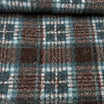
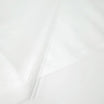

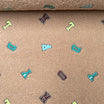
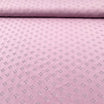
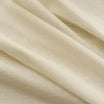




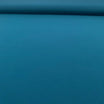
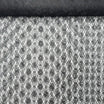
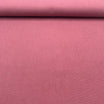


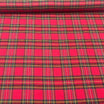
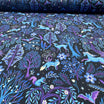

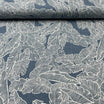

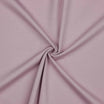
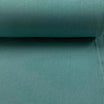

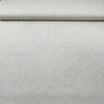
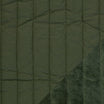

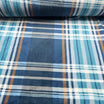
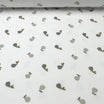
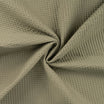
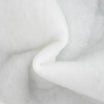

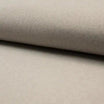
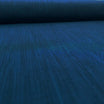

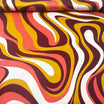

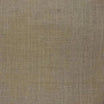
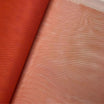
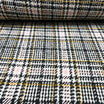
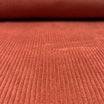
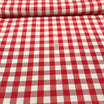


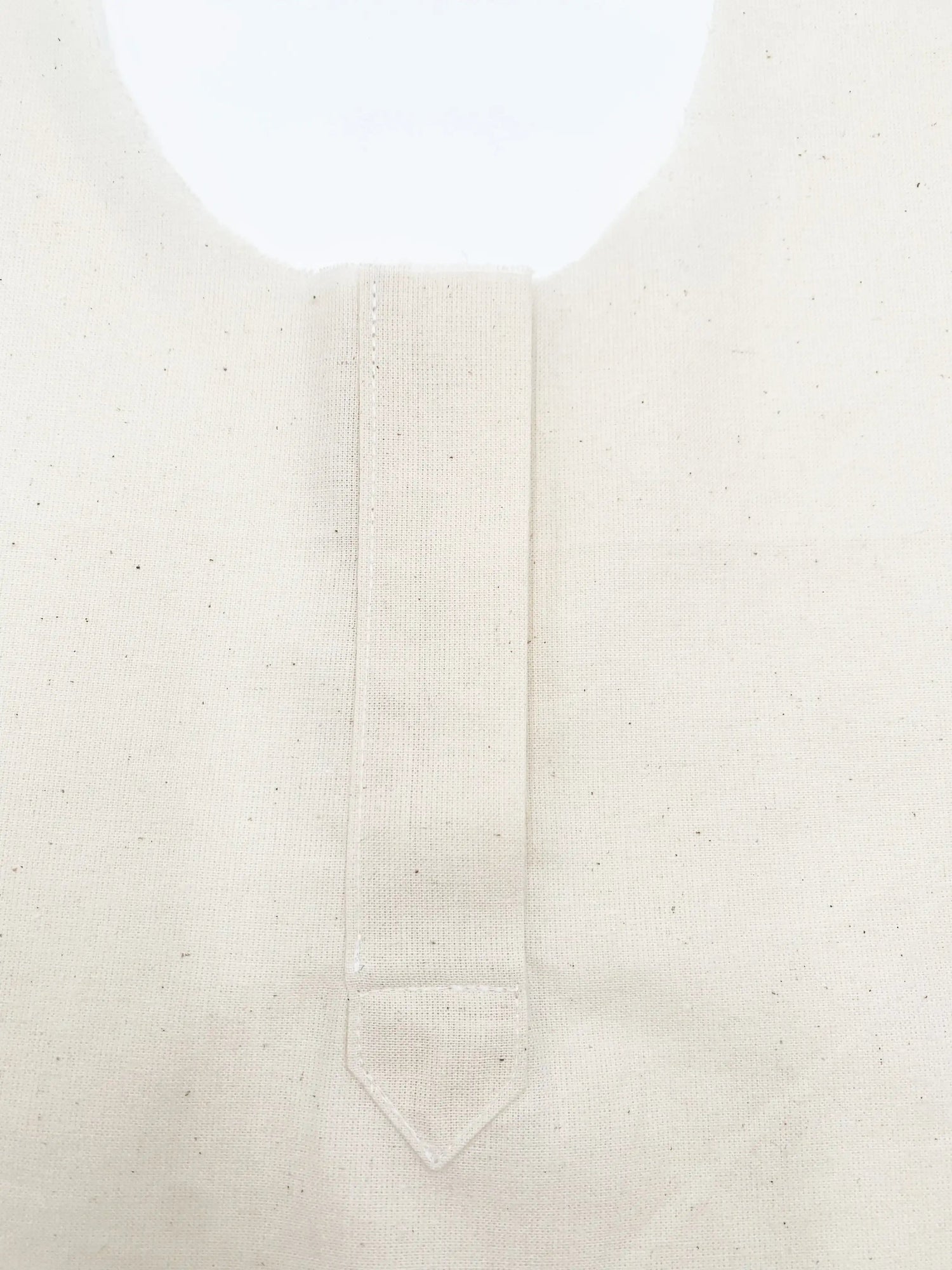



Leave a comment
This site is protected by hCaptcha and the hCaptcha Privacy Policy and Terms of Service apply.